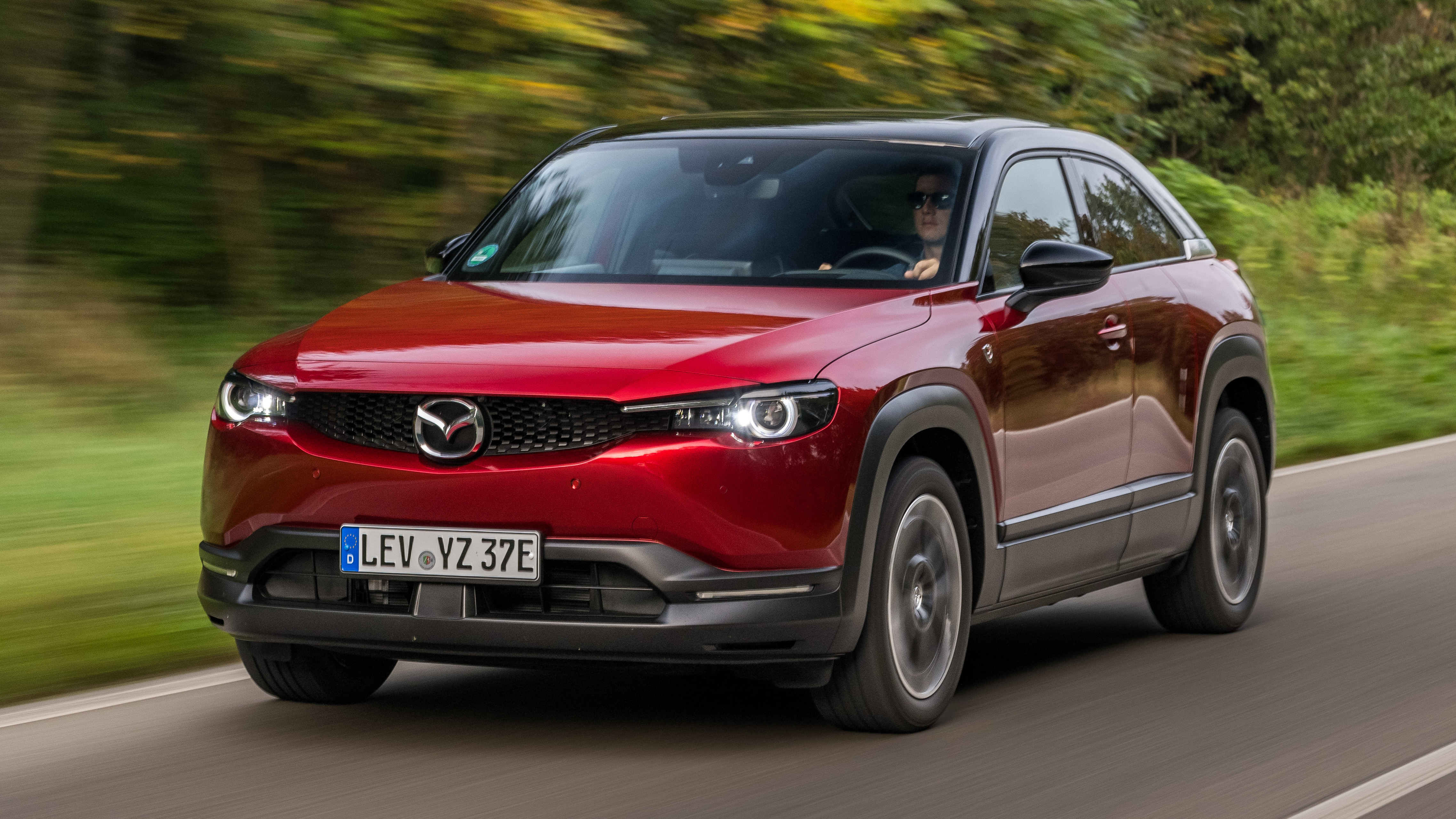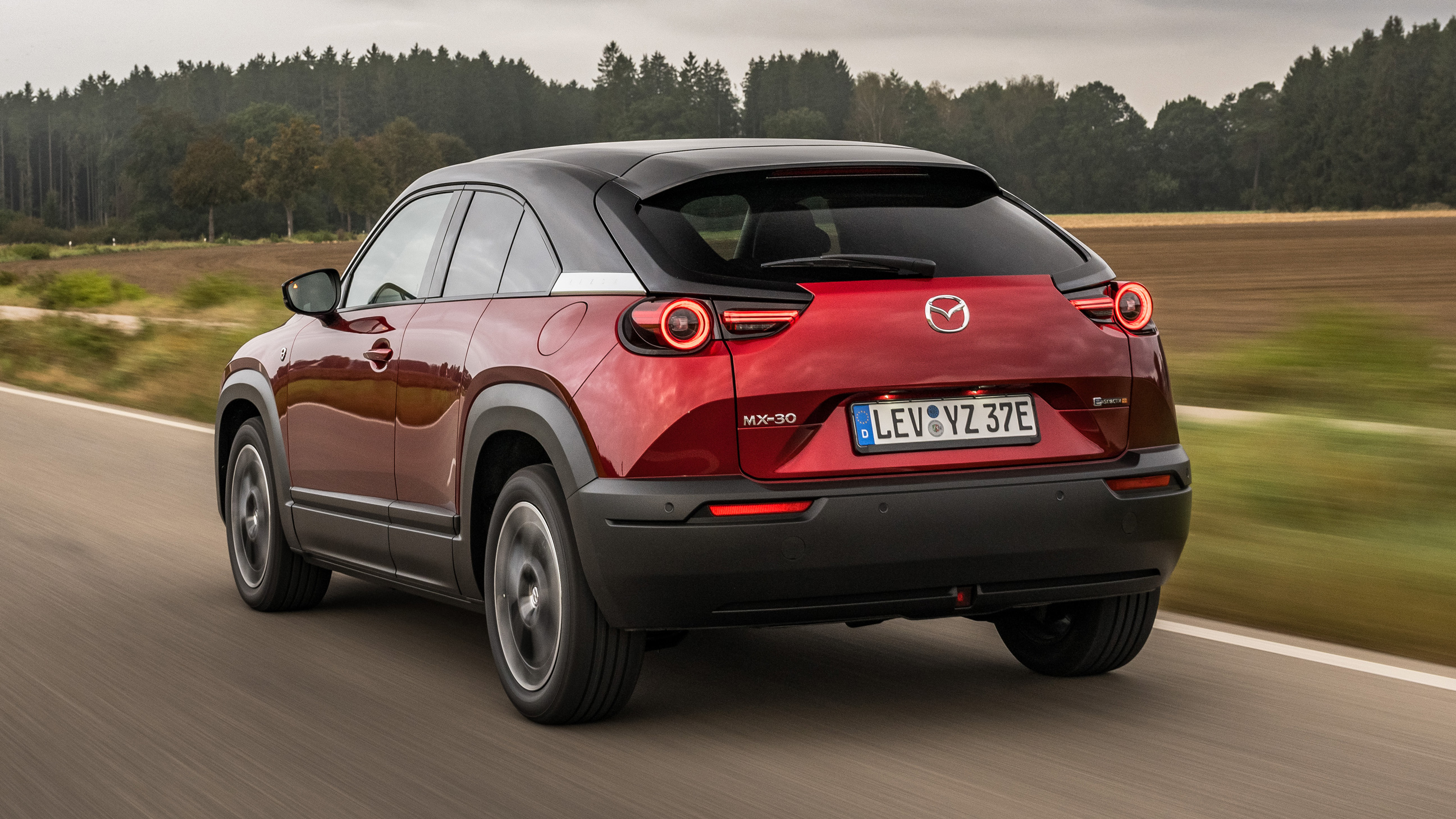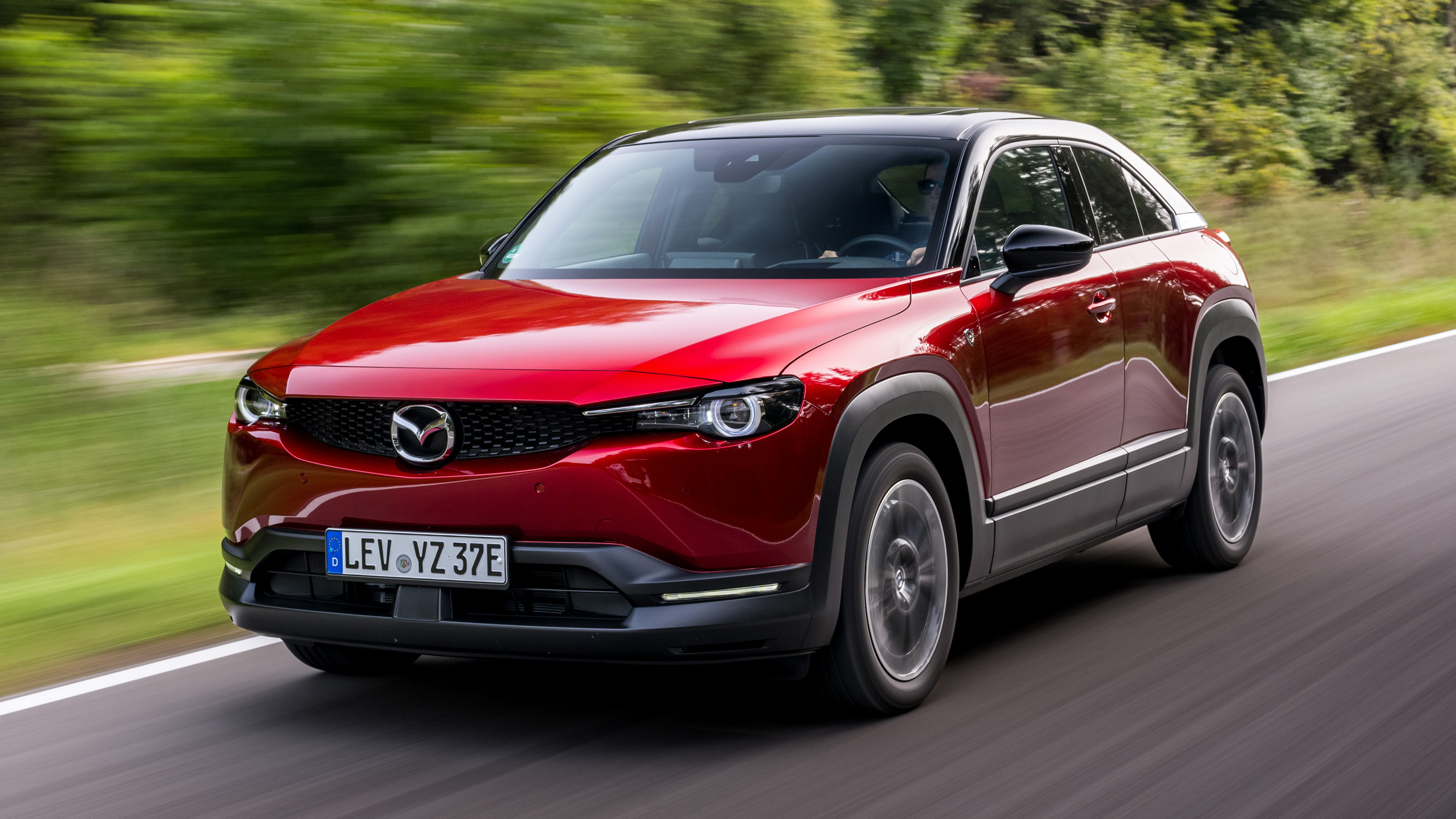
Mazda MX-30 R-EV review: can dead tech redeem Mazda’s worst car?
£36,000 when new
Mazda’s worst car? I sense a punchy headline for clicks…
Cynic. Mazda makes some good cars - none better than the evergreen MX-5, of course - but the MX-30 isn’t one of them. It’s no fun to drive and real-world range of just over 100 miles is mediocre in a segment where double that has long been the standard.
Little surprise then that sales figures have been… modest. With the added caveat that production was hit early on in Pandemic Times, a mere 3,400 have been shifted in the UK since 2020. In the US it was quietly shuffled through the exit door after just two years in showrooms.
But elsewhere at least the MX-30 isn’t going down without a fight. Hence the glorious return of rotary power.
Rejoice! Um, why is it back?
Mazda has revived the rotary engine for two reasons, it seems: one is the heavy hit of nostalgia that comes with the heritage link to Mazdas of yore, the other is that its compact size is ideal for the MX-30’s packaging.
The engine is an 830cc, single-rotor unit made from aluminium instead of iron to save 15kg; one of many claimed advancements over the last generation of rotary tech that was laid to rest along with the RX-8 more than a decade ago. The side housing has been treated with a ceramic thermal spray to reduce resistance and wear, and the rotor housing plating has been engineered to better retain its oil coating. Clearly modern-day reliability is the aim.
Meanwhile the apex seals are thicker (by a whole half of a millimetre) and Mazda says performance is better because the chamber is more air tight than was previously achieved. There's direct injection for improved efficiency.
The result of all that is a greater compression ratio of 11.9:1 (the RX-8 managed 10:1) and an output of - drumroll please - just 74bhp. Not that it matters.
Why wouldn’t it matter?
Because at no point does the engine power the wheels. Instead, it acts as a generator to top up a 17.8kWh battery that in turn feeds an adjacent, front-mounted electric motor with 168bhp. Yup, this is in fact a range-extender, a set-up not seen since the BMW i3 REX went through the pearly gates. Along with the rotary element Mazda has revived two birds with one defibrillator.
You want numbers? The battery alone gets you just 53 miles of range WLTP, but with a 50-litre fuel tank in play you can count on 423 miles total. Makes the BEV look like an ornament. The top speed sticks at 87mph, although 0-62mph falls by a few tenths to 9.1 seconds.
Top Gear
Newsletter
Thank you for subscribing to our newsletter. Look out for your regular round-up of news, reviews and offers in your inbox.
Get all the latest news, reviews and exclusives, direct to your inbox.
There are three driving modes: EV (self-explanatory), Charge (again, need you ask?) and Normal. In the latter the engine maintains the battery level at a steady 45 per cent, and in Charge you can choose your own target in 10 per cent increments.
Does it work?
It does. Rather than have the engine cut in and out at random, the revs broadly match your throttle inputs to make it feel as natural as possible. And because the system isn’t constantly trying to juggle two powertrains like an ordinary plug-in hybrid, the car’s behaviour is consistent and predictable.
That said, at slow speed the test car’s brakes were firm and grabby as heck in Normal mode, but seemed to improve in EV mode. I’m obliged to mention that it was a pre-production car hurried out of the factory to make the launch on time, so we’ll revisit that foible at a later date.
Copy that. So, was it good?
It was fine. But good? Hmm. Thing is, the fundamentals haven’t changed. Actually they’ve got a bit worse: despite having half the battery to lug around the R-EV is actually 131kg heavier than the BEV, so it’s no more agile. The steering is well weighted but chronic understeer means you end up snatching at corners instead of enjoying them; the ride’s comfy around town (where most MX-30s will surely live), but jostly on faster roads.
And then there’s the sound. At low revs the engine thrums like a blender in a nearby kitchen; at high revs it groans rather than sings. It isn’t so noisy that you’ll be driven to despair, but if you were expecting this to be the acoustic heir to the 787B then I’ve got bad news for you.
Shame. How much is it?
Prices start from £31,250, matching the BEV like-for-like until you get to the top-spec car which - for reasons known only to Mazda - is £450 more in R-EV guise. There aren’t any exciting options so your main dilemma will be the paint colour: only white is free; grey, ceramic and black are £650; the posh stuff that shows off the handsome styling best is £1,500. Grr.
Entry-level Prime-Line trim gets you 18in alloys, LED headlights with high beam control and auto levelling, electrically adjustable, heated and auto-folding mirrors, front and rear parking sensors, cruise control, rain-sensing wipers, a six-inch touchscreen with seven-inch instrument cluster and 8.8in dashboard display, plus Apple CarPlay and Android Auto connectivity and various active safety systems.
That’s plenty, but if you can be tempted upwards mid-spec Exclusive-Line adds rear privacy glass, powered driver’s seat adjustment, a HUD, keyless entry and heated front seats. Top-spec Makoto goes all out with a 360-degree camera, sunroof, Bose surround sound, a heated steering wheel and a front wiper that’ll de-ice your windscreen. There’s even a three-pin UK socket, which Mazda helpfully suggests could power a mini fridge. Right.
Should I go R-EV or BEV?
Great question. Mazda has no clue what the long-term split will be, only that it’ll sell 563 R-EVs in the UK before the year is out. So we can’t tell you where the herd will move.
The electric MX-30’s range is so naff that the R-EV looks like the default choice on paper. Certainly it’ll be less limiting if longer journeys are your thing, but when you’ve got the likes of the Jeep Avenger, Kia Niro EV, Renault Megane E-Tech Electric and Hyundai Kona Electric making a better fist of the full EV game for not much more money… the case for the MX-30 in either set-up looks weak. If it were a lion cub, its brothers and sisters would starve it.
Nope, novel use of old tech might address the range and make an automotive oddball even quirkier, but the MX-30’s other flaws remain untreated: it’s still a poky car with Marmite doors that’s not the slightest bit rewarding to drive. Plus the boot’s a bit smaller. Sigh.
Featured

Trending this week
- Long Term Review
Life with a 500bhp BMW 550e: do you really need an M5?






